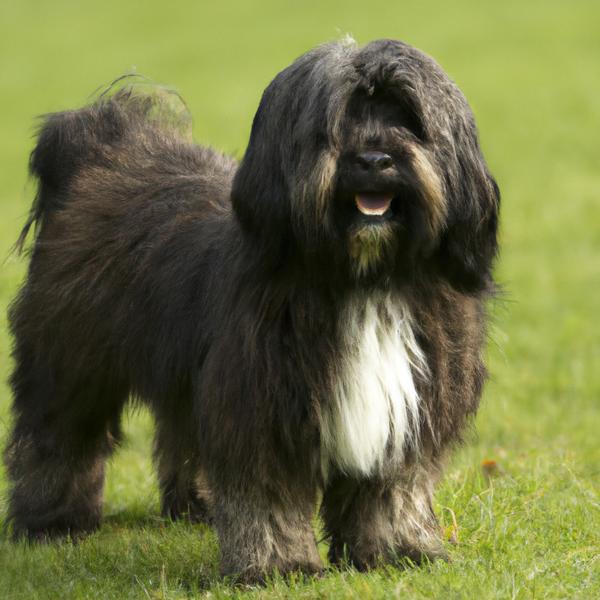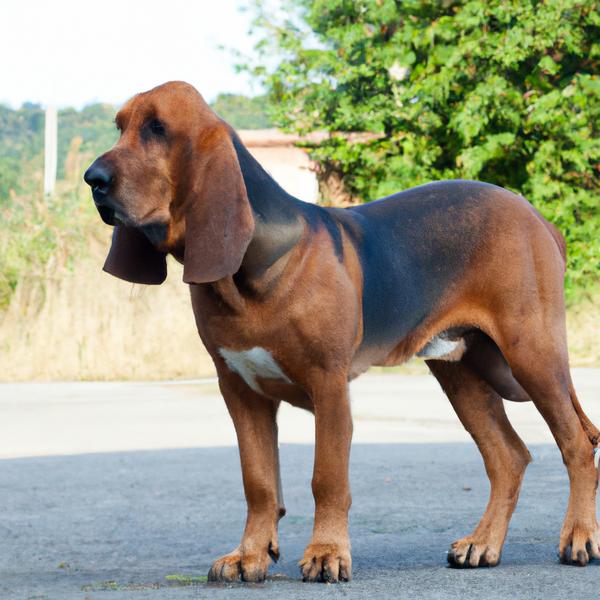Lowchen vs. Bloodhound: Breed Differences and Similarities
Weight Gain Potential
Which breed eats more: Lowchen or Bloodhound?
The Lowchen and Bloodhound breeds have an average risk of becoming obese. Daily walks and a balanced diet of quality dry dog food can help maintain a healthy weight. An active lifestyle and monitoring weight regularly is recommended.
Hypoallergenic
Are Lowchens or Bloodhounds hypoallergenic, or neither?
While no dogs are truly 100% hypoallergenic, Lowchens are about as close as it gets, making them an ideal pet if you are an allergy sufferer.
Unfortunately, the Bloodhound is not hypoallergenic, making it not a good choice for a dog lover who suffers from pet allergies.
Temperament
What are the personalities of Lowchen and Bloodhound dogs?
Active
Friendly
Playful
Familiar
Happy
Affectionate
Gentle
Independent
Outright
Tempered
Stubborn
Shedding Level
Do Lowchens shed more than Bloodhounds, or which breed sheds more, Lowchens or Bloodhounds?
Lowchens shed very little hair, making them a great choice for those who dislike excess hair in the house.
Bloodhounds are moderate shedders, but regular brushing can reduce shedding and maintain coat health.
Watchdog Ability
Which dog breed makes a better watchdog, the Lowchen or Bloodhound?
Lowchens are decent watchdogs - they'll alert their owner if something seems amiss.
Avoid Bloodhounds as watchdogs - they're not effective.
Ancestry
What are the origins of Lowchen and Bloodhound breeds?
Bichon Frise, Bolognese, Maltese, Havanese
flemish hound, talbot hound
Breed recognition
Which kennel clubs recognize/register Lowchen and Bloodhound?
American Canine Registry
American Kennel Club
America's Pet Registry
Dog Registry of America Inc.
Federation Cynologique Internationale
Kennel Club of Great Britain
North American Purebred Registry, Inc.
American Canine Association, Inc.
Australian National Kennel Council
Continental Kennel Club
National Kennel Club
New Zealand Kennel Club
American Canine Registry
American Kennel Club
America's Pet Registry
Canadian Kennel Club
Dog Registry of America Inc.
Federation Cynologique Internationale
Kennel Club of Great Britain
North American Purebred Registry, Inc.
Australian National Kennel Council
Continental Kennel Club
National Kennel Club
New Zealand Kennel Club
United Kennel Club
Date of Birth
When were Lowchen and Bloodhound breeds first developed?
1500s
middle ages
Breed Group
What is the Breed Group of Lowchen and Bloodhound?
Non Sporting (AKC:1996)
Companion Breeds (UKC)
Hound (AKC:1885)
Scenthounds (UKC)
Eye Color Possibilites
What are the eye colors of Lowchen and Bloodhound dogs?
Brown
Hazel
Amber
Nose Color Possibilites
What are the natural nose colors of Lowchen and Bloodhound?
Black
Brown
Black
Brown
Coat Color Possibilites
What are the natural colors of the coat for Lowchen and Bloodhound breeds?
Black
White
Brown
Fawn
Silver
Brindle
Sable
Red
Black
Brown
Red
Fawn
Sable
Coat Length
What is the typical coat length for Lowchen and Bloodhound breeds?
Lowchens have medium-length coats.
Bloodhounds have short coats.
Coat Density
What is the density of the coat of Lowchen and Bloodhound?
Coat Texture
What is the hair texture of Lowchen and Bloodhound?
Straight
Litter Size
What is the usual litter size for Lowchen and Bloodhound?
A Lowchen can have a litter of 13-15 puppies on average. However, it's worth noting that the size of the litters can vary greatly. Factors that can influence litter size include the health of the mother, breeding history, and genetics.
A Bloodhound can have a litter of 10-12 puppies on average. However, it's worth noting that the size of the litters can vary greatly. Factors that can influence litter size include the health of the mother, breeding history, and genetics.
Adaptability
Lowchens are highly adaptable and versatile, making them excellent companions for families and individuals of all lifestyles.
Bloodhounds have average adaptability to changes in lifestyle and living environments compared to other breeds.
Health Issues
Between Lowchen and Bloodhound, which breed is more prone to health problems?
Lowchens are susceptible to health issues like all breeds, so it's important to monitor their health and seek veterinary care when needed.
The Bloodhound breed is generally very healthy, requiring minimal vet visits. Still, it's important to keep an eye on their health and seek veterinary care when needed.
Major Concerns
What are the major health concerns for Lowchen and Bloodhound breeds?
Patellar Luxation
Diabetes
Otitis Externa
Entropion
Gastric Torsion
Cherry Eye
Hip And Elbow Dysplasia
Minor Concerns
What minor health issues should be kept in mind when owning Lowchen and Bloodhound?
Progressive Retinal Atrophy
Cataracts
Hip Dysplasia
Patent Ductus Arteriosus
Bone And Joint Problems
Hypothyroidism
Occasional Tests
What occasional tests are recommended for Lowchen and Bloodhound breeds?
Eye
Heart
Hips
Blood And Urine Protein Screens
X-Rays
Eye Examination
Eye
Hip
Elbow
Thyroid Tests
X-Rays
Energy
How do the energy levels of Lowchens and Bloodhounds compare?
Lowchens are suitable for those with a balanced lifestyle as they have an average energy level.
Bloodhounds thrive on an active lifestyle due to their high-energy nature.
Social Needs
Lowchen vs Bloodhound social needs comparison
Lowchen and Bloodhound have very high social needs. These needs include regular mental and physical stimulation, a job or purpose, and companionship. They thrive in environments where they have a lot of interaction with humans and other dogs.
Exercise Needed
Lowchen vs Bloodhound exercise need comparison.
Lowchens need moderate physical activity and are great for families and active individuals.
Bloodhounds need high physical activity and are ideal for active individuals, but not suitable for sedentary lifestyles or small apartments.
Sleeping Need
Which of the two sleeps the most/least: Lowchen or Bloodhound?
Lowchens have moderate energy levels and typical sleep patterns of 12-14 hours per day.
Bloodhounds are active and require sufficient sleep to stay healthy.
Drooling Tendency
Which drools more/less, Lowchen or Bloodhound?
Lowchen minimally drools, ideal for those who dislike drool marks on clothing.
Bloodhound excessively drools, consider a different breed if not appealing.
Tendency to Bark
Do Lowchens or Bloodhounds bark more/less frequently?
Lowchen and Bloodhound dogs bark and howl frequently, they are not a good fit for quiet homes.
Territorial
Is the Lowchen or Bloodhound a better guard dog?
Lowchen dogs have a strong protective nature and territorial instinct. They are highly vigilant and will fiercely defend their home and family.
Bloodhound dogs are not typically good guard dogs due to their lack of protective nature and weak territorial drive.
Mouthiness
Mouthiness Comparison: Lowchen vs Bloodhound?
Roaming urge
Lowchen vs Labrador: Running away tendency?
Prey Drive
Lowchen or Bloodhound - which breed has a higher level of prey drive?
Past times
What are some enjoyable activities and ways to keep Lowchen and Bloodhound entertained?
Walking, Petting, Walk, Play
Snack time, Walk, Petting, Sniffing, Not walking, Eating treats, Walking, Cuddle, Hide & Seek
Activity Level
Which breed has higher energy, Lowchens or Bloodhounds?
Both Lowchen and Bloodhound are medium-energy dogs that enjoy socializing and playing with other dogs. They may engage in casual or sustained games of chase, and occasionally have bursts of barking or racing around the house.
Tolerance of being left alone
Walks per Week
How many miles should Lowchen or Bloodhound walk each week?
There's really no limit to how far you walk your dog as long as they're comfortable. For Lowchen, it's at least 6 miles / week. Just remember to build distance and stamina gradually over time.
There's really no limit to how far you walk your dog as long as they're comfortable. For Bloodhound, it's at least 8 miles / week. Just remember to build distance and stamina gradually over time.
Activity per Day
Do Lowchens or Bloodhounds require more exercise?
In general most Lowchens usually need at least 30 minutes of exercise daily. This can be spread across the day and include all sorts of high-energy activities, like walking, running and playing.
In general most Bloodhounds usually need at least 60 minutes of exercise daily. This can be spread across the day and include all sorts of high-energy activities, like walking, running and playing.
Grooming
Which breed is easier to maintain in terms of grooming, Lowchens or Bloodhounds?
Lowchens have high grooming needs, requiring regular trims and professional grooming assistance to keep their coat healthy.
The Bloodhound has low grooming needs and is easy to maintain.
Brushing Frequency
What is the recommended brushing frequency for Lowchen and Bloodhound dogs?
Lowchen and Bloodhound should be brushed at least once a week. Of course, you can give them more frequent brushes if you find that they are still shedding a lot.
Brushing Tools
What brushing tools are used for Lowchens and Bloodhounds?
Pin Brush
Comb
Nail Clipper
Slicker Brush
Nail Clipper
Cups
How much food should be given to Lowchen or Bloodhound in cups?
For an average 8-18 pound (4 - 8 kg) Lowchen feed 1.2 cups daily. But, keep in mind, the amount you feed is going to be dependent on the quality of the food you are feeding.
For an average 90-110 pound (41 - 50 kg) Bloodhound feed 3 cups daily. But, keep in mind, the amount you feed is going to be dependent on the quality of the food you are feeding.
Daily Cost
Which breed has a higher daily cost, Lowchen or Bloodhound?
The average cost of a Lowchen is somewhere $1.70 - $2.00 per day.
The average cost of a Bloodhound is somewhere $2.80 - $3.20 per day.
Monthly Cost
Which breed has a higher monthly cost, Lowchen or Bloodhound?
The average per month expenses of a Lowchen is between $48 - $63. This makes an average of $576 - $756 per year. It will be on the higher side when the dog is still small because it will need more frequent visits to the vet, shots.
The average per month expenses of a Bloodhound is between $84 - $95. This makes an average of $1008 - $1140 per year. It will be on the higher side when the dog is still small because it will need more frequent visits to the vet, shots.
Intelligence
Comparing Intelligence: Lowchens vs Bloodhounds
Lowchen has below average obedience intelligence, but they excel in understanding human emotions.
Bloodhound is a very intelligent and trainable breed.
Sensitivity Level
How do Lowchen and Bloodhound compare in sensitivity?
Lowchens have average emotions and adapt well to different situations.
This breed is sensitive and requires gentle handling and a calm home environment.
Affection Dependance
Which is the more affectionate dog breed: Lowchen vs Bloodhound?
Apartment Friendly
Which breed is more apartment-friendly: Lowchen or Bloodhound?
Lowchens make excellent apartment dogs, being fairly active indoors and not requiring a yard.
The Bloodhound is not suitable for apartments and requires a large yard to thrive. Pent-up energy in small spaces can lead to destructive behavior.
Child Friendly
Do Lowchens or Bloodhounds have a friendlier temperament towards children?
Lowchens are good with kids if socialized and trained from a young age.
Bloodhounds make excellent family pets for kids due to their gentle, protective nature and calm temperament.
Senior-friendly
Which dog is more suitable as a pet for the elderly - Lowchen or Bloodhound?
Cat Friendly
Do Lowchen or Bloodhound breeds have a better compatibility with cats?
Lowchens and Bloodhounds are very cat friendly dogs. They generally make good companions for cats.
Dog Friendly
Which breed is more sociable with other dogs: Lowchen or Bloodhound?
Lowchens are average in their friendliness towards other dogs, and socialization can help.
Bloodhounds are generally very friendly towards other dogs, with a happy and affectionate temperament.
Pet friendly
How do Lowchen or Bloodhound dogs interact with other pets?
Stranger Friendly
Which breed is more friendly with strangers: Lowchen or Bloodhound?
Lowchen and Bloodhound are known to be very friendly around strangers.
Playfulness
Which breed is more playful between Lowchen and Bloodhound?
Lowchens have an average level of playfulness, enjoying playtime like most dogs but not excessively so.
Bloodhounds are very playful, so adopting an older one might be a better option for a more relaxed experience.
Trainability
How do the trainability levels of Lowchens and Bloodhounds compare?
Lowchen and Bloodhound dogs are known for their ease of training and ability to learn quickly, making them a popular choice for pet owners and trainers alike.
Compare Lowchen with other breeds
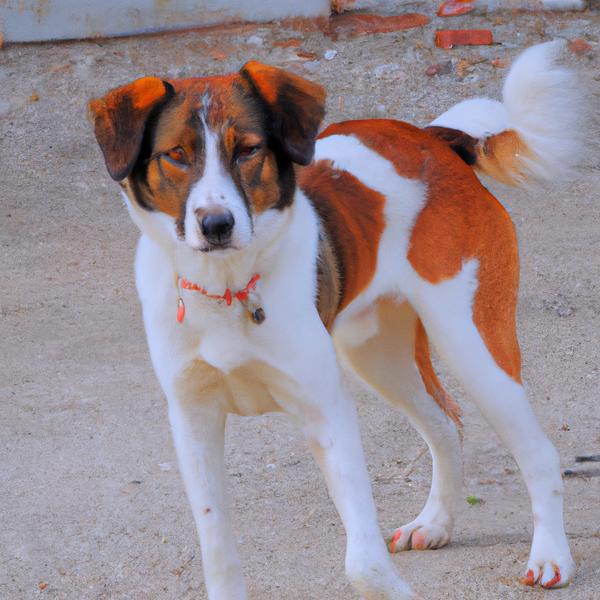
Cotralian
Lowchen vs Cotralian
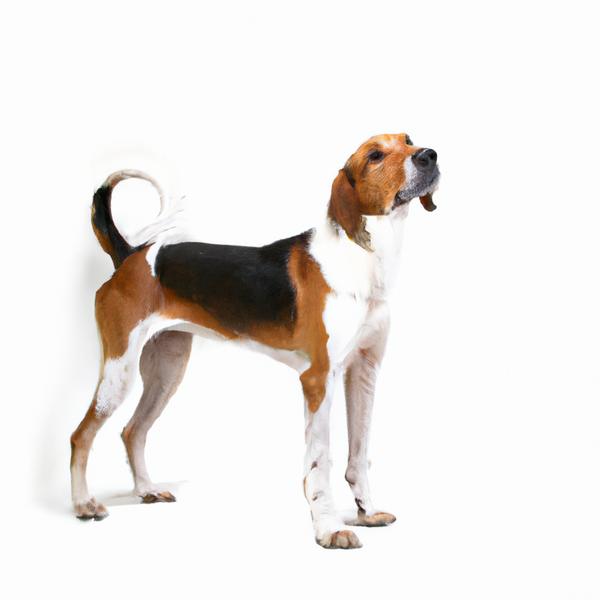
English Foxhound
Lowchen vs English Foxhound
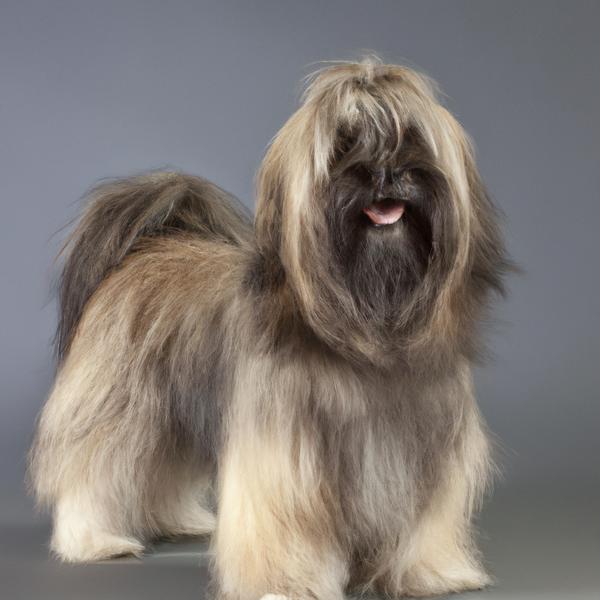
Affenwich
Lowchen vs Affenwich
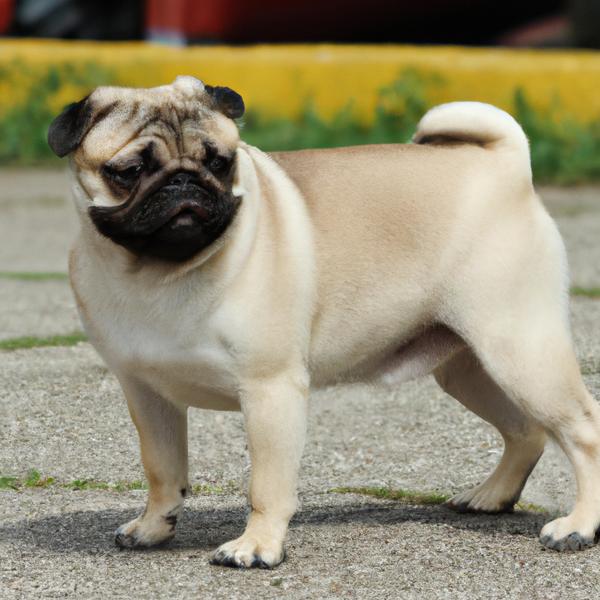
Pugland
Lowchen vs Pugland
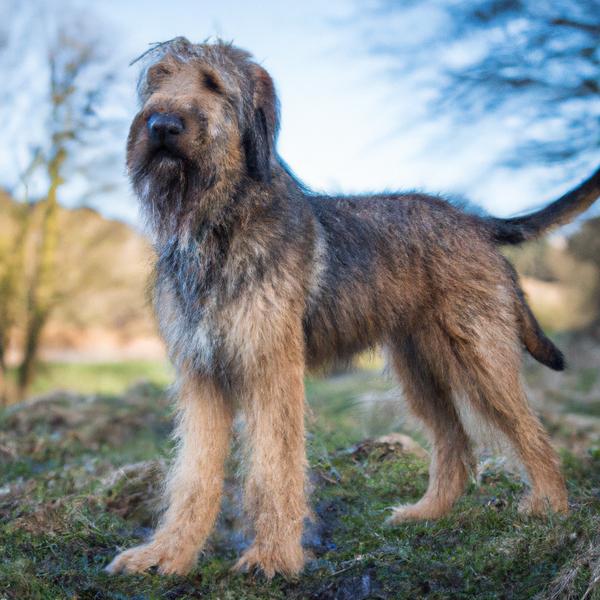
Otterhound
Lowchen vs Otterhound
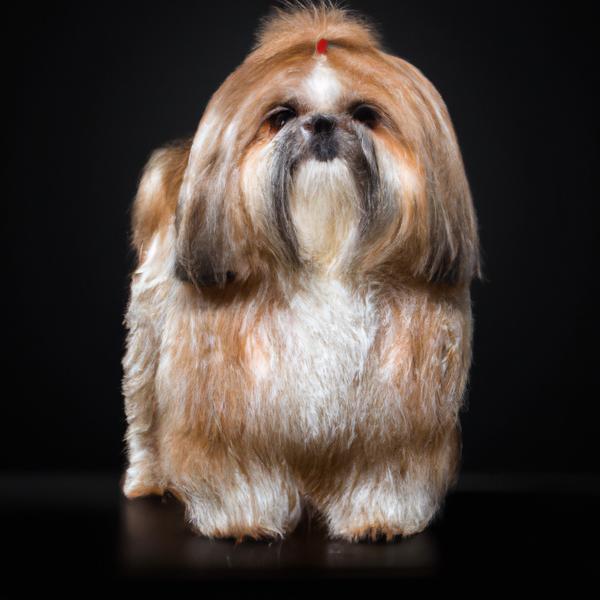
Silky Tzu
Lowchen vs Silky Tzu
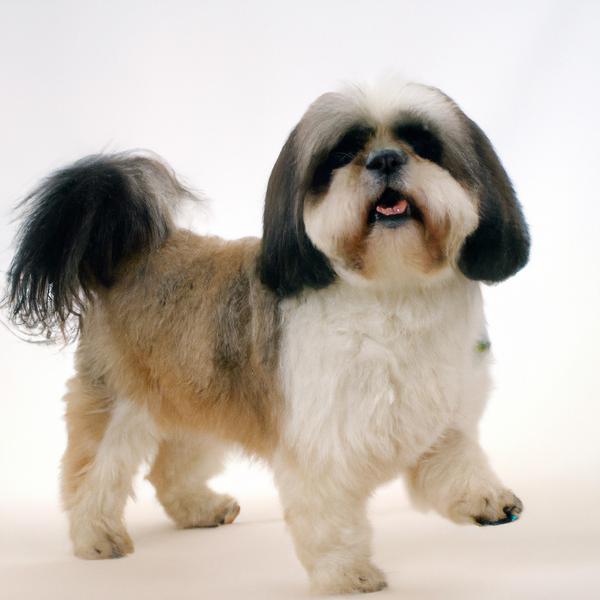
Lhasa Apso
Lowchen vs Lhasa Apso
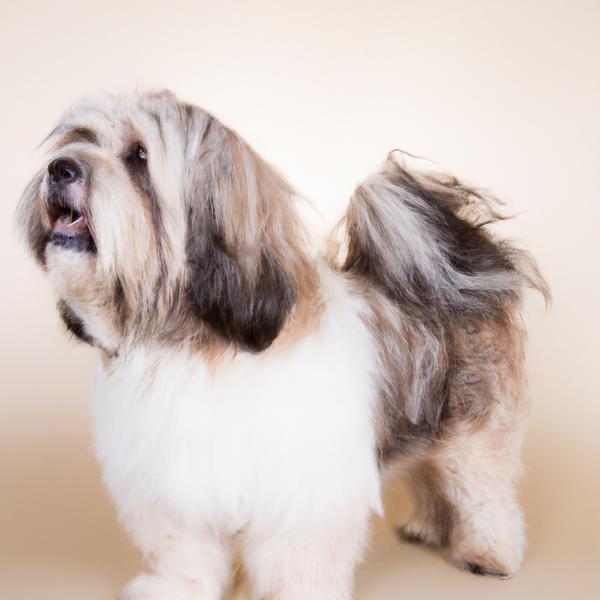
Lhasa-Coton
Lowchen vs Lhasa-Coton
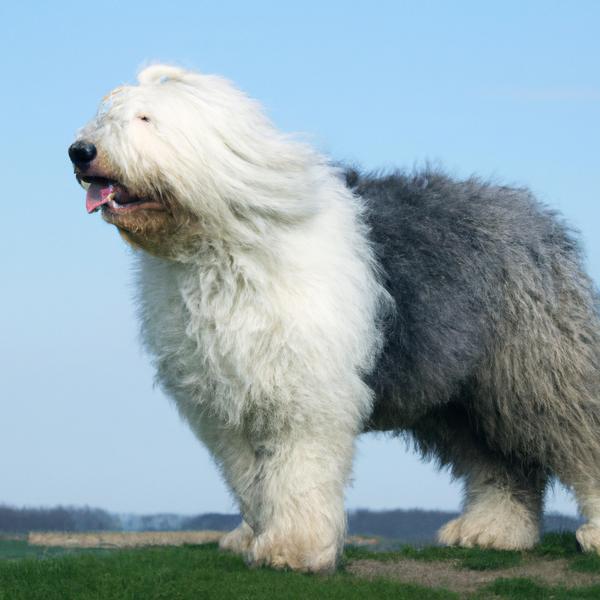
Old English Sheepdog
Lowchen vs Old English Sheepdog
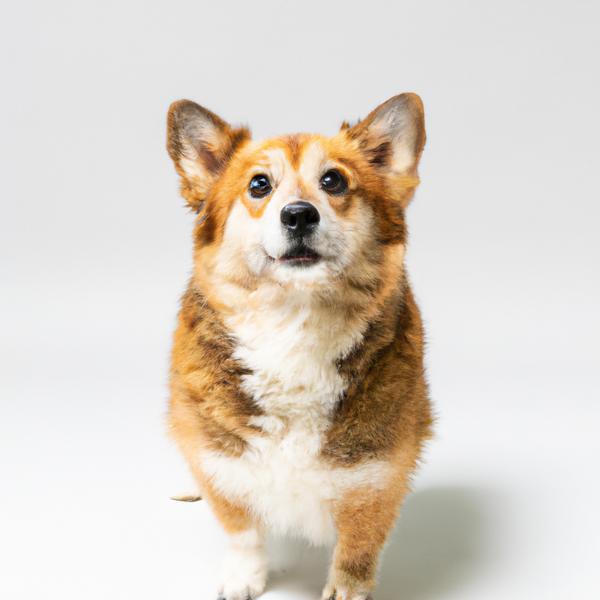
Corgipoo
Lowchen vs Corgipoo
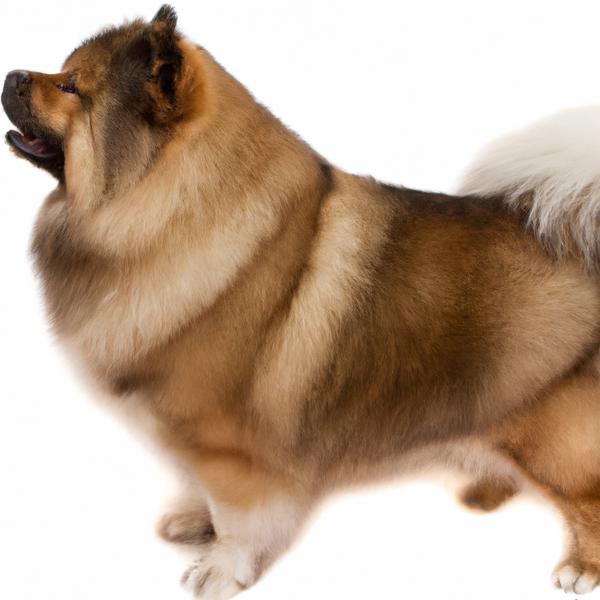
Pushon
Lowchen vs Pushon
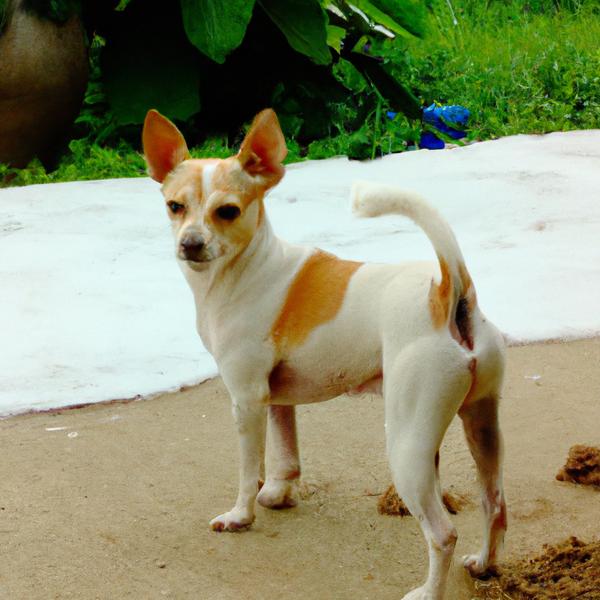
Chipit
Lowchen vs Chipit
